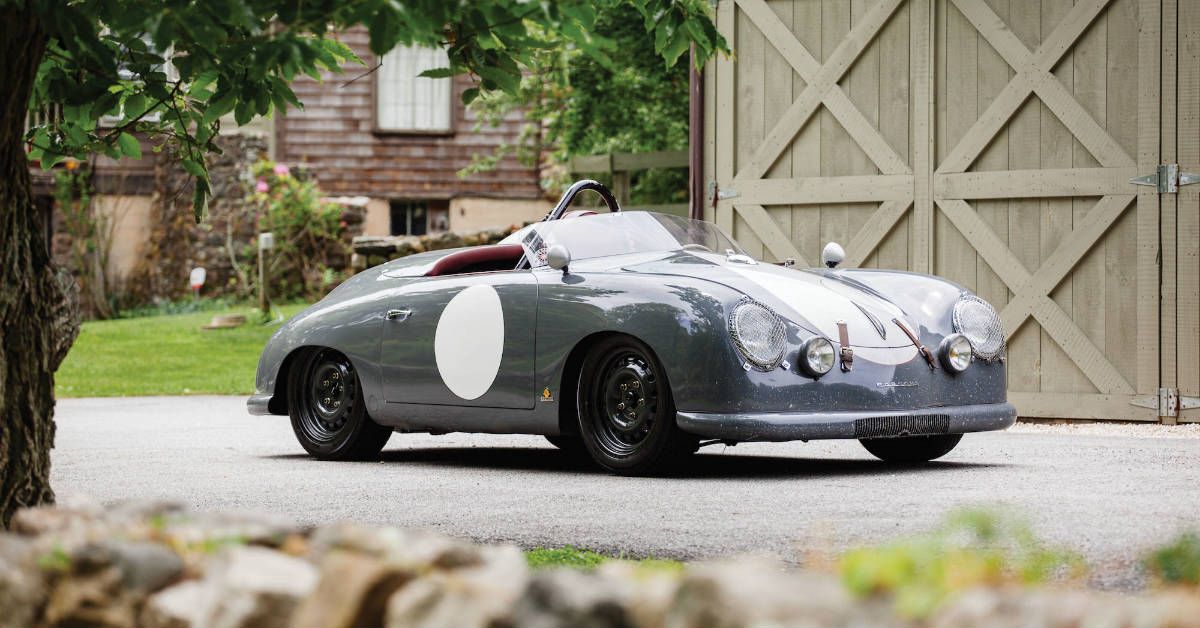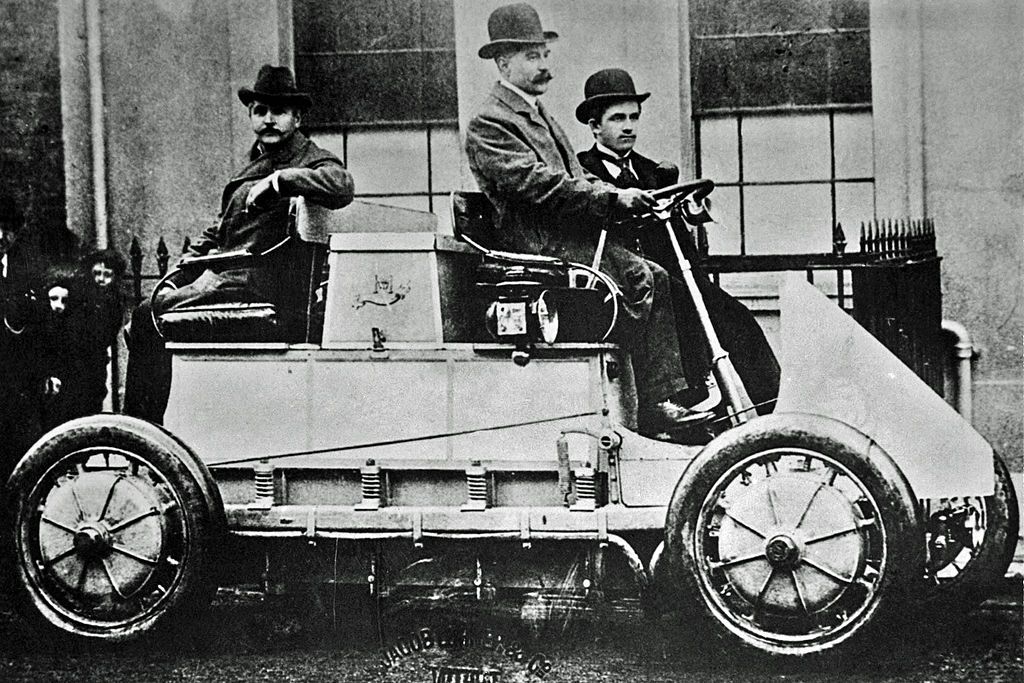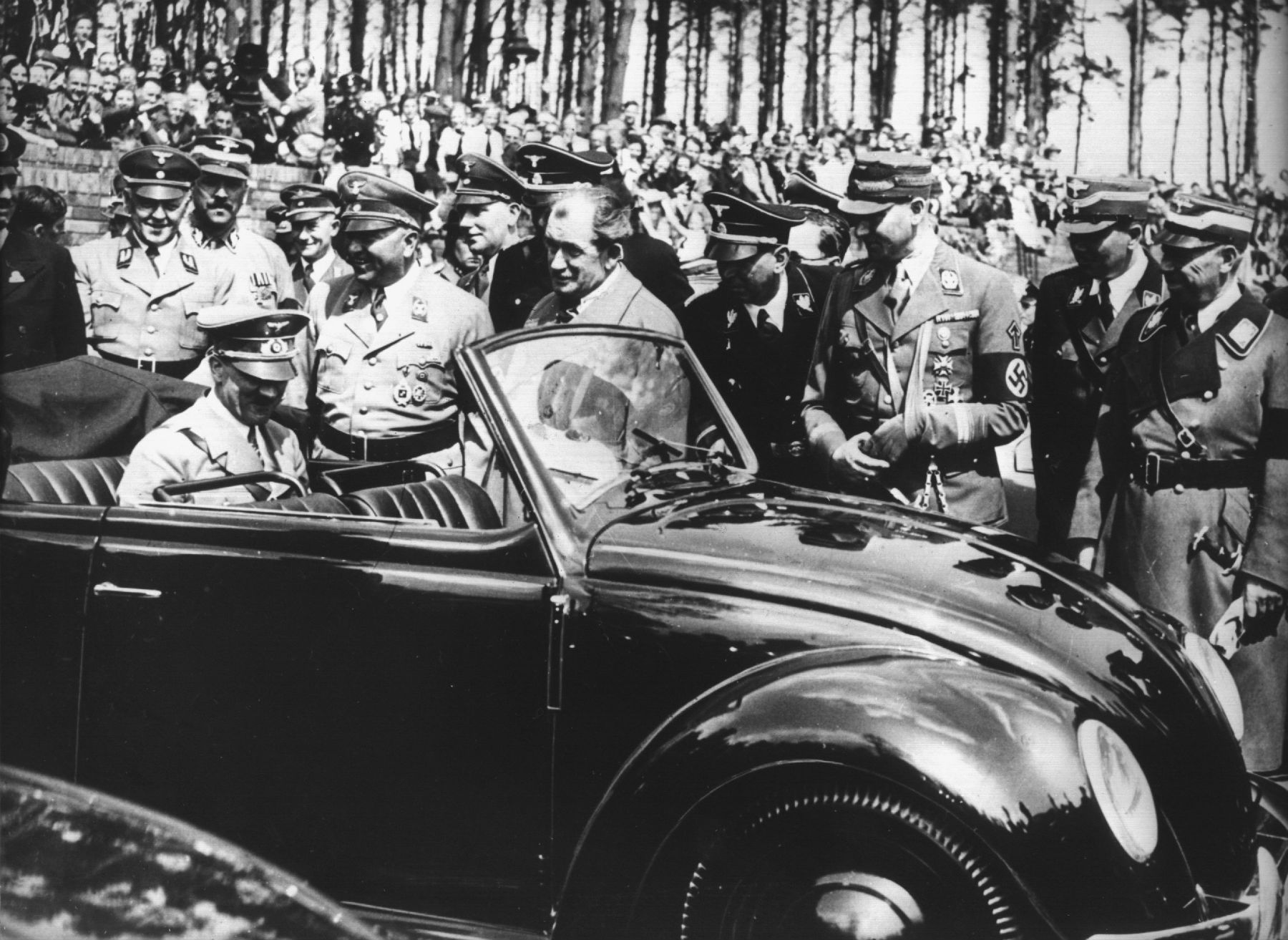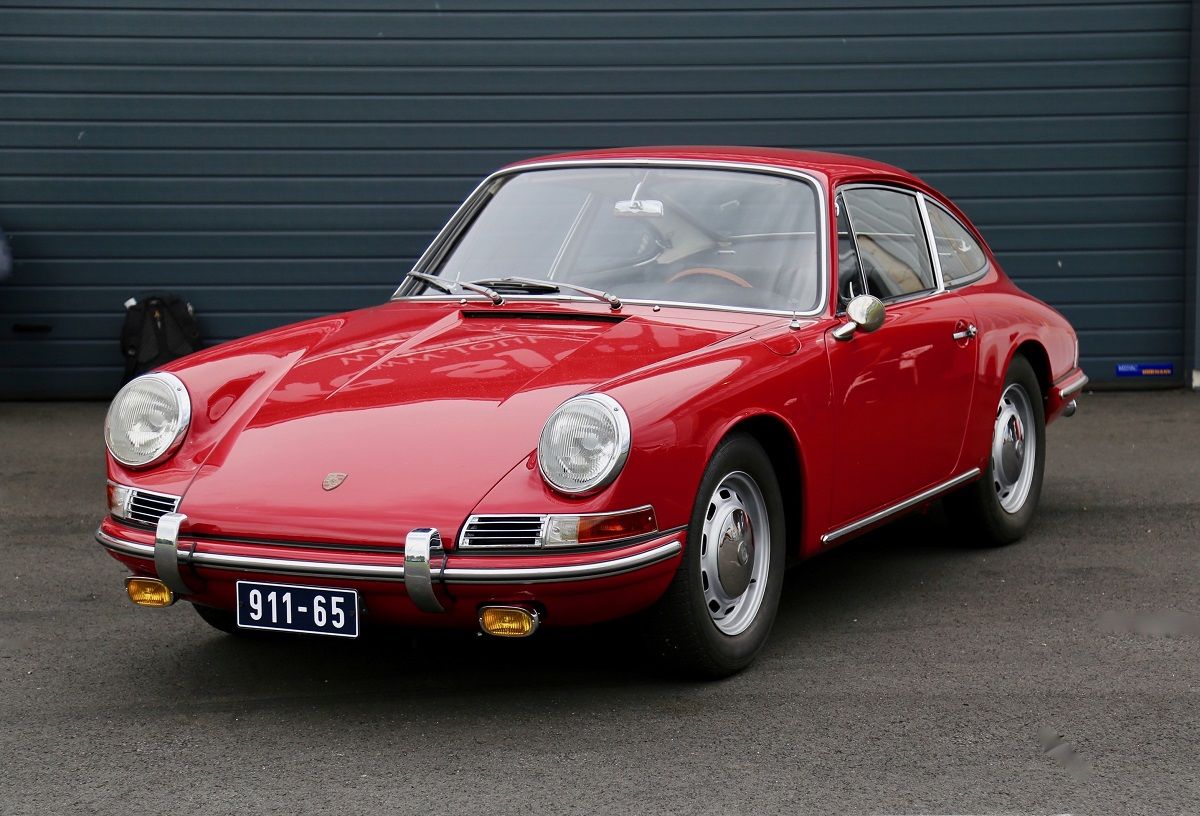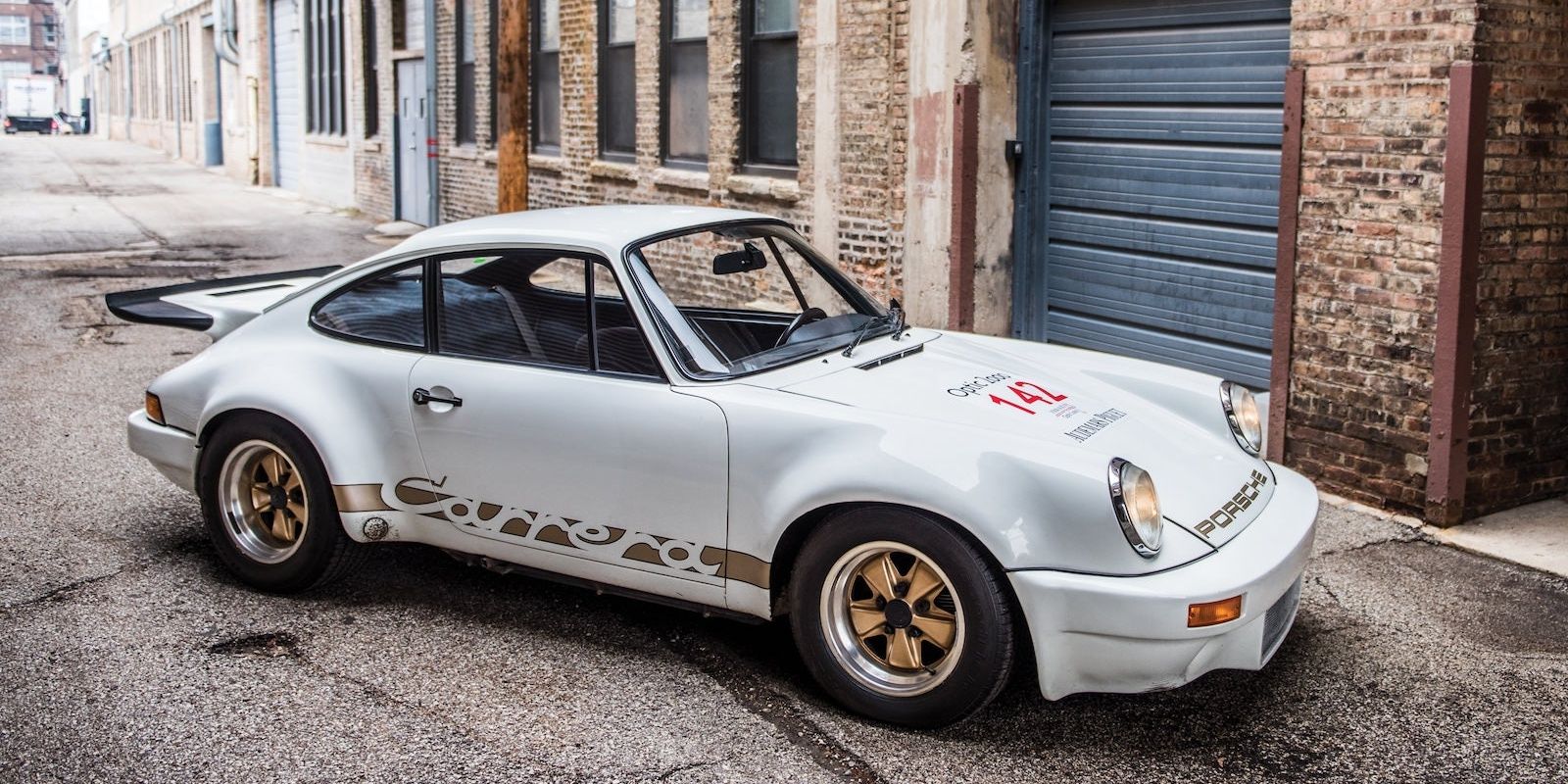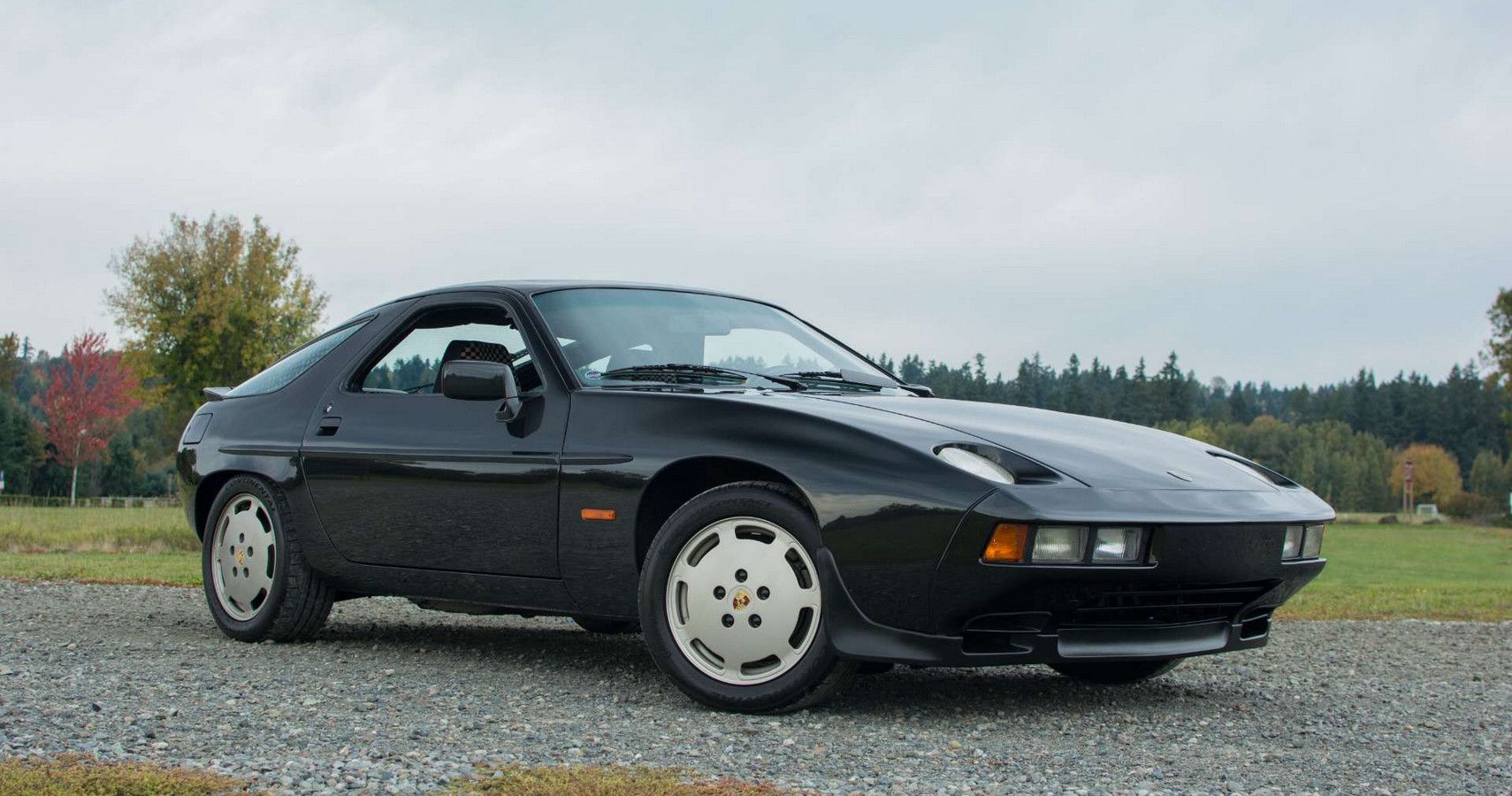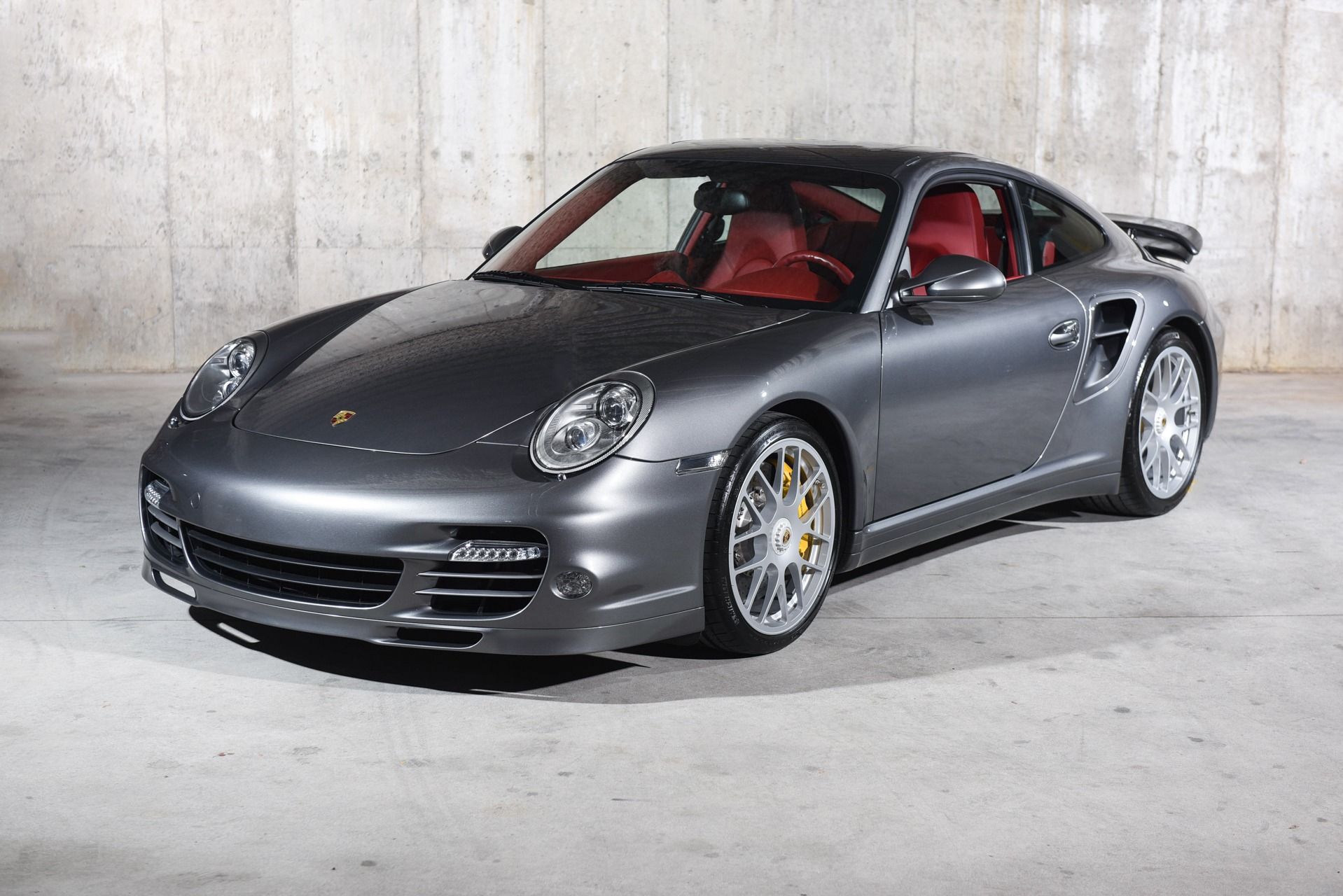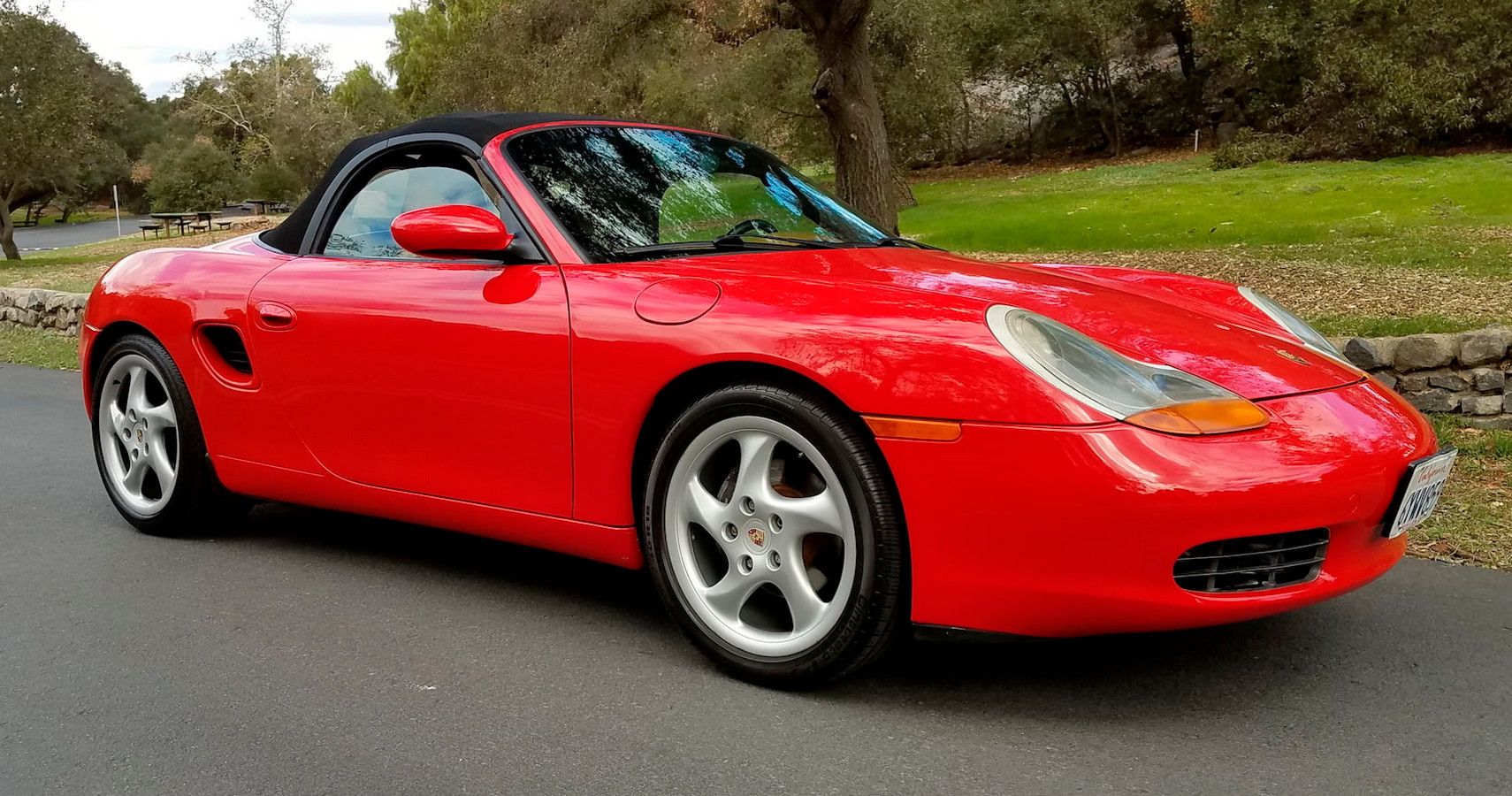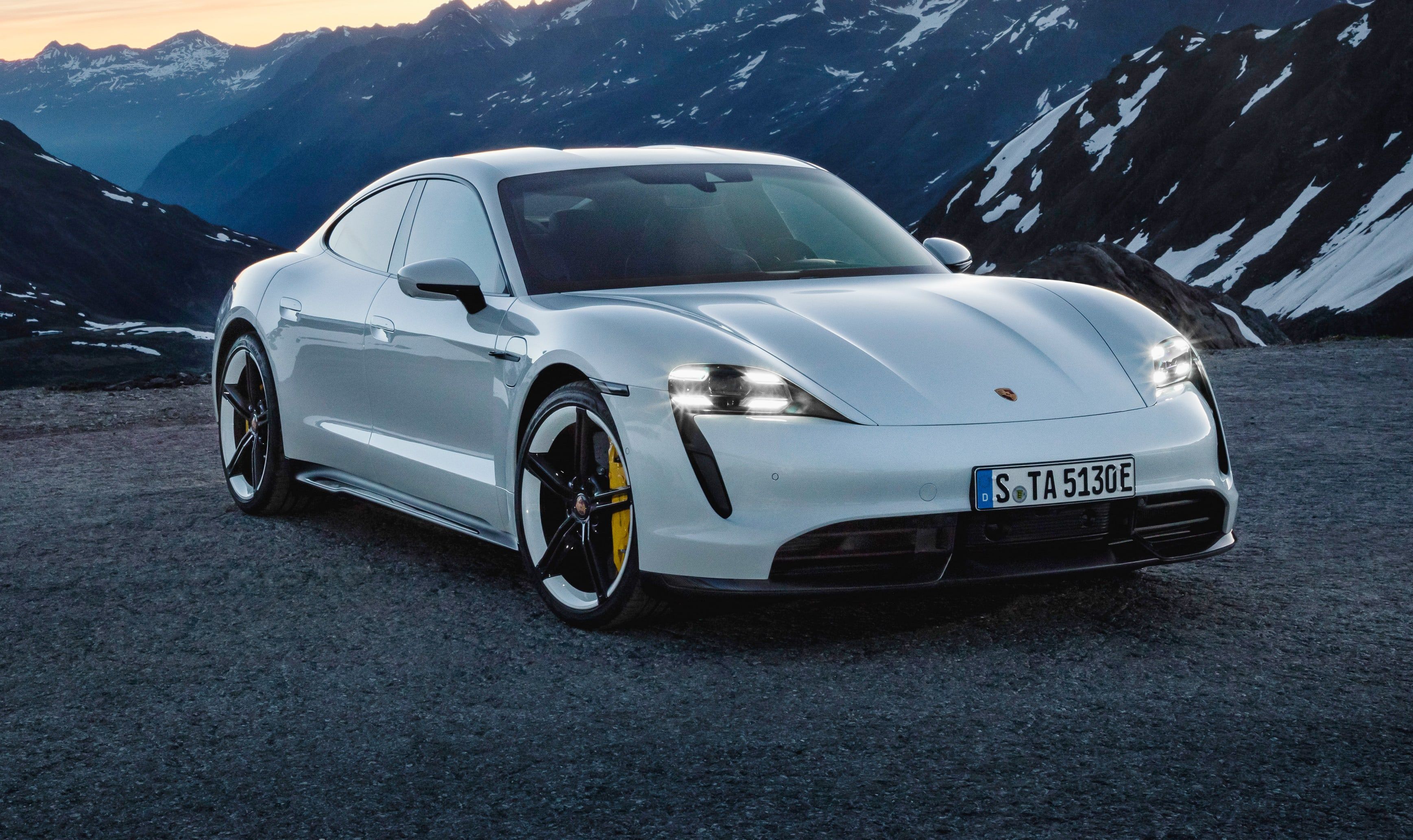Slap a silhouette of a Porsche 911 on a wall, and nearly anyone will recognize it. Doesn’t matter which generation. Same can be said about a Mustang or a Mini Cooper. It’s the mark of an iconic design.
Yet the name “Porsche” brings to mind far more than good design, and it is the pinnacle of sports cars, one that is rich in heritage and plentiful with enthusiasts. Porsche is a company that follows a fairly standard recipe, only making small changes each year - tweaking perfection.
Ask a group of car enthusiasts what the ‘Gold Standard of Sports Cars’ for the past 50 years has been, and unanimously they would likely agree – a Porsche.
Ferdinand Porsche - Early Days
The story begins with Ferdinand Porsche. He had originally founded Porsche in 1931 but was working with cars several decades prior. The young engineer learned mechanics from his father’s workshop and time at Imperial Technical University. In 1898, at the age of 23, Ferdinand built his first automobile, the Porsche P1. It was essentially an electric carriage powered by 4,000 pounds worth of lead-acid batteries. Within two years, he had fitted it with a combustion engine driving off in the first-ever hybrid-powered motor vehicle. It was quick, too, breaking the Austrian speed record at 37 mph.
Ferdinand Porsche was awarded the Pötting prize in 1905 as Austria's most outstanding automotive engineer. Around that time, he was drafted to serve in the military as a chauffeur.
In the 1920s, Ferdinand moved to Stuttgart to work for Daimler, where he created one of the greatest race cars of the time, the Mercedes-Benz SSK, winning 43 out of 53 races with his 1922 design.
Porsche - Starting The Company
By 1931, Ferdinand had saved enough to go out on his own and officially started Dr.-Ing. h.c. F. Porsche AG. The company began as a consulting company that only offered motor vehicle development, not complete vehicles under their name.
One of their first projects was given to them by the German government. They were tasked with creating a “car for the people,” or translated to Volkswagen. Hitler declared that he wanted every German citizen to have a car that could fit a family of five, start in the cold weather, and be fuel-efficient. The project turned into one of the highest-selling vehicles to date – the Volkswagen Beetle.
World War II hit, and Porsche’s attention had been focused on helping the war. They produced a militarized version of the Beetle, called the Kübelwagen und Schwimmwagen. Porsche created several designs to make heavy tanks, but a competing company’s version was chosen instead. Their chassis, however, was later used in the Elefant tank destroyer, and they made two prototypes of the Maus super-heavy tank.
After the war had ended, the Volkswagen factory had fallen to the British, causing chairman Ferdinand Porsche to lose his job. He was arrested later that year for war crimes and found himself in prison for 20 months.
Porsche - Chasing Perfection
During that time, Ferdinand’s son, Ferry Porsche, wanted to build a car that carried the “Porsche” name. The production of the first Porsche 356 began in 1948 in a small sawmill in Gmünd, Austria. Only 49 cars were made, and they were all built entirely by hand. Parts were in short supply after the war had ended, most of the components in the 356 had been used from the Beetle in early years.
By 1949, the Porsche family had moved back to Stuttgart, but their company's plant was still under American embargo. Ferry took one of his remaining 356s to Volkswagen dealers to try to raise some orders. Ferry had hoped to produce at least 1,500 of his 356 models. By 1958 Porsche had sold over 10,000 and had begun to outsource body production to keep up with growing demand.
Porsche 911 - "Killing Bugs Fast"
By the year 1964, Porsche had begun to see a fair amount of success in both sales and motor-racing. Over 76,000 examples of the 356 were made by the time they were removed from the shelves in 1965. Porsche, however, were desperate for a redesign to stay competitive. Enter the Porsche 911.
Production for the new 911 began in 1964, the unique sports car had a rear-mounted, six-cylinder “boxer” engine with two backseats, a small trunk, and all-round independent suspension. This recipe has yet to go unchanged. The original air-cooled engine made 128 bhp and an equal amount of torque, it was lightweight and had incredibly sharp steering. The new Porsche 911 was promoted for dual purpose, race on the weekends, and drive to work.
The timeless design of the 911 is thanks to Ferry Porsche’s son, F.A. “Butzi” Porsche. He went on to create Porsche Design, a profitable company that made fashionable sunglasses, pens, and watches.
The Porsche 911 sold for $5,500, which was about an average person's annual salary at the time. To keep up with growing demand, Porsche also unveiled the 912, which was the shell of the 911, but with the 4-cylinder engine that was in the 356, it sold for $4,000.
As sales and popularity increased, more variations came to the Porsche 911 lineup. A Targa was available by 1966, an automatic was an option the following year along with the first high-performance 911 S. 1968 was the first year for the ‘affordable’ 911 T, fuel injection became an option in 1969, and larger engines came in 1970, which bumped the 911S to 180 bhp.
Also, in 1970, Porsche replaced the 912 with a lower-priced, mid-engine 914. The initial version was built in Karmann and available with a Volkswagen 1.7-liter four-cylinder and a 5-speed gearbox. The engine only produced 80 bhp, but the car only weighed 1,985 lbs and Porsche’s keen sense of agility and performance. Porsche decided to assemble a 914-6 version at home, placing the 2.0-liter flat-six out of the Porsche 911T. This bumped the power up to 110 bhp and made for an entirely different driving experience if felt more racecar - more Porsche. In the end the car was more expensive to produce than it could sell, resulting in only 3,338 ever built.
Success of the 911 prevailed throughout the 70s, and in 1975 Porsche introduced the first Turbo. The Turbo had a turbocharged 3.0-liter flat-six that was fitted with a four-speed manual and made a blistering 270 bhp and 260 lb-ft of torque.
1978 Porsche introduced the 928. It is radically different from the 911 and features a front-mounted, liquid-cooled 240-horsepower V-8 engine. The market seemed to favor large grand touring vehicles and Porsche was certain the 928 was going to be the new replacement of the 911 and the future of the company.
The car had a 17-year run, with over 61,000 of them coming off the production line. By 1995, the Porsche 928 GTS was making 350 horsepower and 369 lb-ft of torque from the 5-speed manual V8.
The 911 continued to grow in sales and adapt to meet the people’s needs. In 1983, the 911 Cabriolet was introduced to the U.S. and quickly made up for ⅓ of the car’s sales.
Porsche was also doing incredibly well in racing, and the Porsche 956 took nine out of ten top places at the 1983 Le Mans. A local paper ran a story of the race with a cheeky title “Nobody’s Perfect.”
A New Generation For Porsche
In 1993, newly promoted CEO Wendelin Wiedeking began a restructure of the company that eventually turned the company into a profitable and even more efficient company. One of the first announcements to come was that they would be discontinuing air-cooled engines. The next year, the 911 (996) got a 100 percent full remodel for the first time since its release in 1964.
Also, in 1993, Porsche revealed a new concept car, a two-seater roadster that they dubbed “the Boxster.” The response to the Boxster was overwhelming and Porsche had no choice but to put it into production.
By 1997 the first Porsche Boxster was on the road. It was the company's first originally designed roadster since the 550 Spyder in 1956. Finally, people could get a Porsche-experience and feel the wind in their hair without shelling out the price of a 911. The first-year Boxster’s mid-mounted engine was a 2.5-liter and made 201 horsepower.
The Boxster became Porsche’s biggest selling vehicle for seven years straight, only halted by the introduction of the Cayenne in 2003. The Cayenne was the first Porsche ever introduced to have four doors. SUVs have now made up 70 percent of sales in America.
Porsche Today
Porsche’s current roster now includes two coupes, two sedans, and two SUVs. The most recent edition to the group is the all-electric Taycan, bringing it full circle from the original electric Porsche P1. Unlike Tesla, the Taycan uses a 2-speed transmission, preventing it from losing acceleration at higher speeds. Weight is distributed across the chassis like a proper sports car, making it handle like a true Porsche.
That’s the thing, really. “Handles like a Porsche” translates so well because they all have an underlying characteristic to them. You can feel the technical effort and passion for driving in their cars. You can trust that a car with the Porsche emblem will provide a true driver’s experience along with dependability. Not only are they the most successful competition car in history, but nearly ⅔ of Porsche’s ever made are still on the road.
It’s easy to see why they’re always at the top of the list of best sports SUVs, the best sports sedans, and now the best electric sports car. What's Porsche's method? Create perfection, repeat.

